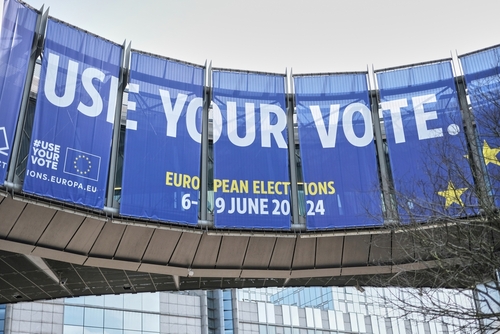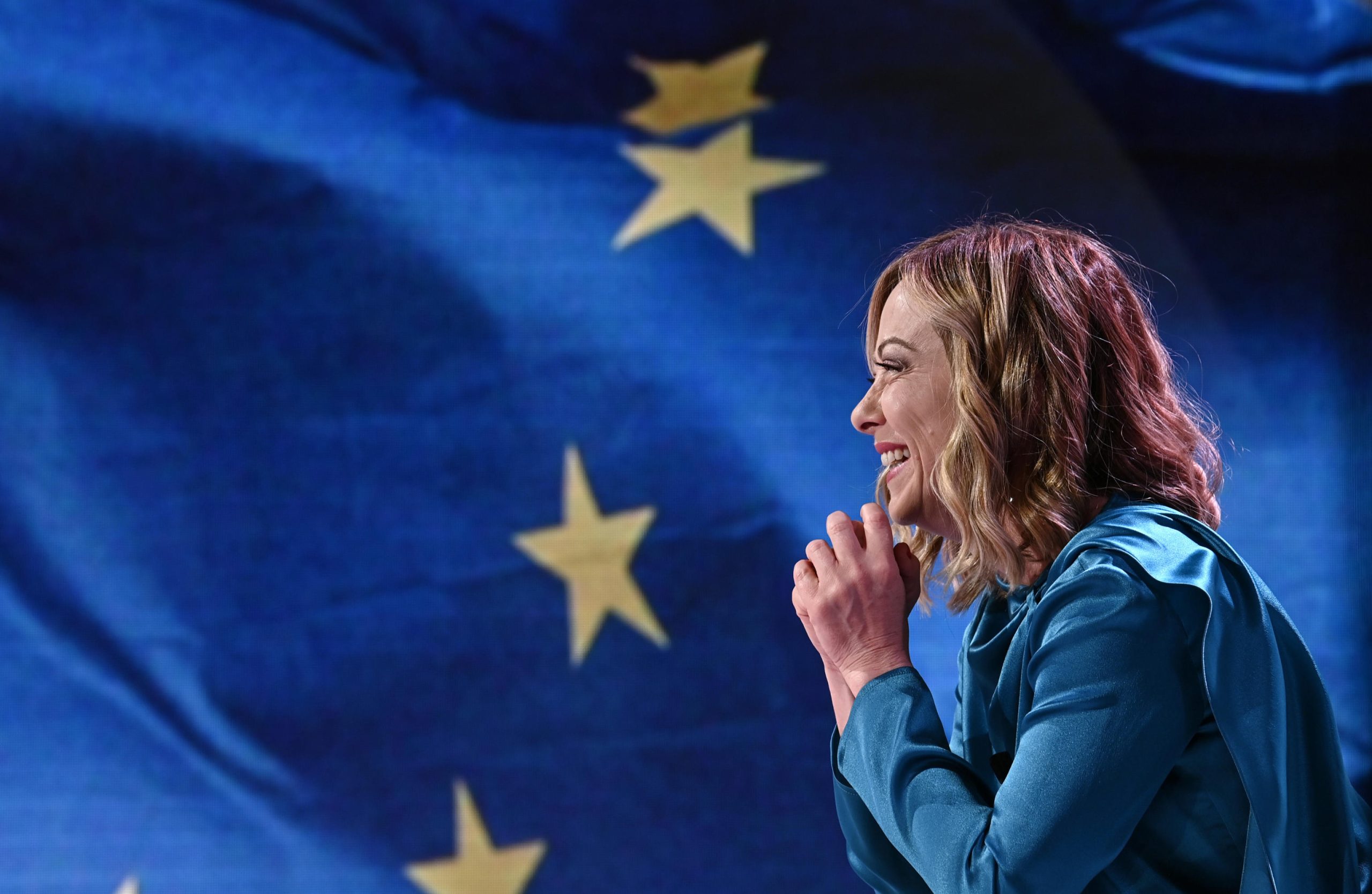
An analysis of the results of the elections of 6-9 June.
The counting of the European elections has now concluded and, as widely expected, they have not delivered a certain and determined outcome and, given the current electoral system, an agreement between several European parties will be necessary to reach a majority.
There are only three coalitions that could, autonomously, exceed 361 seats – the minimum threshold for a majority: one between the Populars, Socialists, and Liberals would stop at 406 MEPs; one more oriented towards the left with the entry of the Greens would be at 458 seats; the “largest” would be the one with the presence of the ECR conservatives which would drag the majority to 482 seats.
Naturally, it is never a perfectly linear vote, also and above all because it is difficult to get parties to agree that then clash head-on on national soil. More likely, it could be an axis created around the EPP, the RE group, and the ECR (which together would stop at only 15 seats from the majority) then going on to snatch some consensus from the groups outside the majority.
Let’s start precisely from this hypothesis of an EPP-RE-ECR-others majority: the exclusion of AfD from the ID group certainly opens up different scenarios, even if it is unlikely that Marine Le Pen (RN, ID) could serenely be part of a European majority of which Macron should, legitimately, be a part. It is more likely that Matteo Salvini’s League (ID) would be part of this majority which would see both its national allies FdI (ECR) and FI (PPE) an integral part of the European majority. The same should happen for Geert Wilders (PVV, ID), who is on his way to government together with the parties VVD (RE), BBB (PPE), and NSC (PPE), for which it should not be something “heretical” to accept entry into a similar majority.

Then there are some votes still to be sorted out, such as the Romanian AUR group: which is very close to the ECR, for now one has agreed to join the Greens/ALE group, and the other 5 elected are instead in the Non-Inscrits group so it could be an important reinforcement. Another key element could be Viktor Orban, who with his party Fidesz remains in the Non-Inscrits after being expelled from the EPP. Still, Giorgia Meloni (FdI, ECR) has been trying to mend relations for some time.
The EPP-RE-ECR-others majority could therefore reach 375 out of 720, even if the equation would not be mathematical because the more “left-wing” forces within the liberals might not look favorably on such an alliance.
An alternative, not yet calculated but to be considered, is that of a “totally right” majority with PPE-ECR-ID: the three groups would start from 324 seats, to which would be added the votes of the reformist forces of the Right and the non-inscribed who could appreciate such a majority. Of the liberals, realistically, in addition to the Irish Fianna Fáil, some Bulgarian movements (DPS/HÖH and PP-DB), the Dutch liberals for national government interests as well as the Swedish ones, it would be difficult to bring more than 20 parliamentarians into the majority. Of the non-inscribed, the right forces are various, who could support a project even without a “counter-deal”: among these the Bulgarian nationalists (V), some Greek right-wing forces (Nike and PE), the Polish right of KWiN, the Romanians of AUR and Fidesz.
This alliance could also stop in this case between 365 and 375 seats, despite being the result of a series of intensely close negotiations. German power, in this case, is very limited: Chancellor Scholz (SPD, S&D) was severely defeated in the European elections and will certainly not have much say in the reconstruction of the majority, so much so that the SPD is not even the leading party of the social democratic group defeated by both the Italian PD and the Spanish PSOE; things are not going any better for the French, with Macron who can only pull the strings on Le Pen’s presence up to a certain point, under penalty of being excluded from the majority.
The only Head of Government who has the strength and authority, certified by the ballot boxes, to bring about a turning point in Europe is Giorgia Meloni, who has the concrete opportunity to create a real European “center-right” to finally give a politically uniform European majority. Now it is up to her, once the G7 is over, to weave the web by overcoming the divisions between the various parties and member countries.



 Subscribe
Subscribe